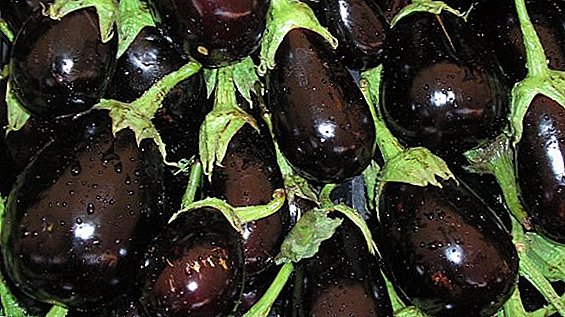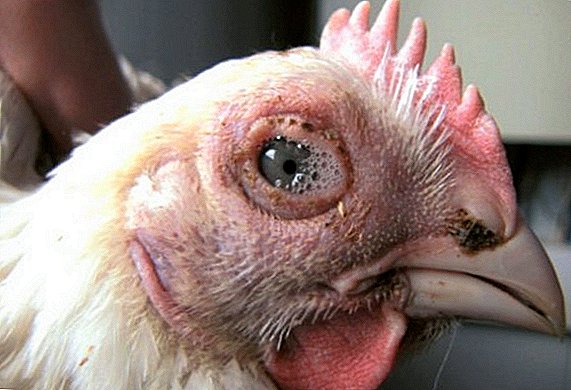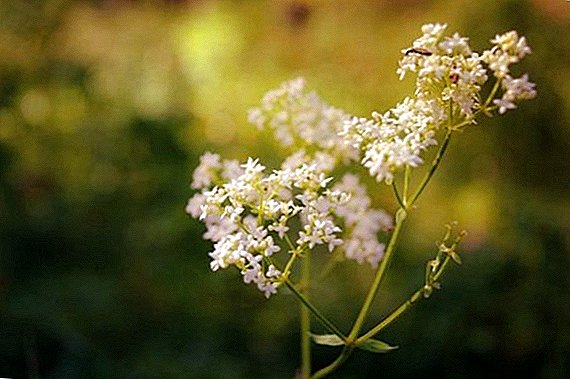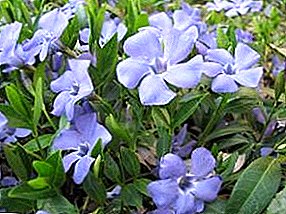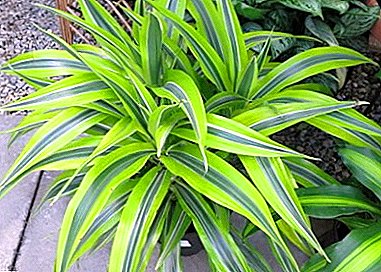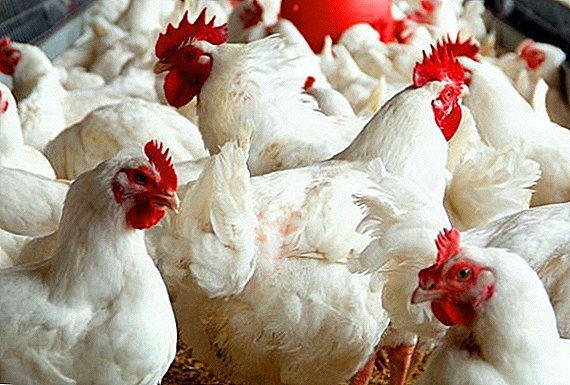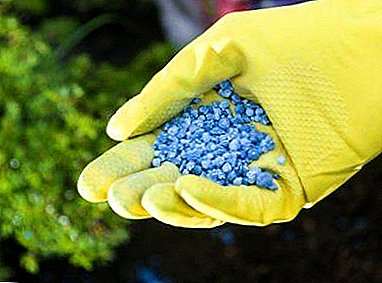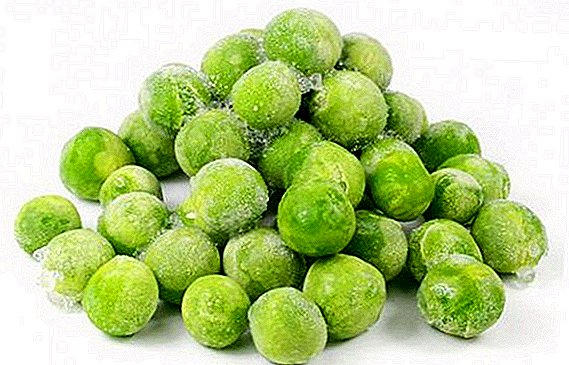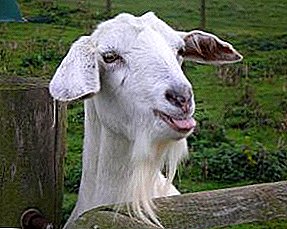
Zaanensky goats by right takes the first place among dairy breeds on high efficiency and good yields. The birthplace of this species is a small place called Zaanen, located in the Bernese Alps of Switzerland.
This breed was presented at the Paris World Exhibition in 1856. Around 1905, zaanensky goats were brought to Russia.
The Zaanen goat is a large animal, the goats weigh about 70 kg, the females weigh 50. The height at the withers is 75 to 90 cm. Their bones are well developed, but the animal is graceful. The back is straight, unstitched, the chest is wide. The head is graceful, small, the ears are perpendicular, they should not hang, as this is a disqualifying sign.
Goats have large udders and mammary glands. The preferred coat color is white, but the breed standard allows for a light cream shade.
Stock Foto Zaanenskoe goat breed
The Zaanen breed of goats is widespread in Russia, because if you ask yourself which breed of goats is the mildest, the answer will be unequivocal.
[nggallery id = 33]
Differences from other species
Milk productivity is very high: at the peak of milk yield, the goat of the Zaanen breed gives up to 8 liters of milk per day, especially productive uterus can produce up to 12 liters, the milk yield lasts from 8 to 11 months.
Milk has a nice creamy taste. The percentage of fat in milk is lower than that of other breeds, about 4%. This milk can be included in the diet, even infants.
Another difference is precociousness: by 10-12 months the kids reach sexual maturity. They almost completely have no specific unpleasant smell.
The Zaanen breed is the largest among the Swiss breeds.
Content, breeding and care
This species of goats is quite picky about the microclimate of the room in which they are kept. Firstly, these animals are sensitive to dampness, because the relative humidity of the air in the barn should not exceed 75%, secondly, the air temperature in winter can not fall below 7 degrees, and in the summer to rise above 19.
Goats need clean air, so it is recommended to keep goats away from polluting places and to monitor the ventilation in the room.
Feeding
The diet of zaanensky goat differs little from what other goats eat. It is important to remember a few feeding rules:
- regardless of the season, the goat should have table salt in the menu;
- in winter, the basis of the ration becomes silage; when choosing hay, preference should be given to legume-cereal. From twigs of birch, alder, aspen and other trees make brooms that animals give every two days;
- Vitamin supplements should be given even when walking on pasture. It is better to use top dressing of natural origin. It is also necessary to add potatoes, apples, cabbage or beets to food;
- for lactating mothers and young stock together with succulent fodder (vegetables) they give bran;
- it is not necessary to feed goats with the remains of human food, it will be perniciously reflected in their health;
- drinking water should be warm.
How to make a hidden wiring in a wooden house, read with us.
How beautiful prune orchid is written here.
Warming the ceiling - the video that we offer to see in this article.
Diseases and their prevention
If the animal is provided with the necessary care, then it is rarely sick. Nevertheless, we list a number of diseases found in Saanen goats.
Poisoning
Animals that have been in a stall for a long time are at risk of poisoning, since goats, accustomed to graze, easily distinguish poisonous plants from useful ones. The main symptoms of the disease are nausea, vomiting, blurred eyes, rapid heartbeat and breathing, frequent urination.
It is necessary to avoid grazing goats on pastures, where a large number of poisonous plants should also carefully check the feed and ensure that the animal is not poisoned by chemicals that poison the mice or insects.
Injuries
Nobody is insured against injuries. In case of fractures or cracks, the limb should be fixed with a tire, if there is bleeding, then it is necessary to rinse with a solution of potassium permanganate, smear with iodine, powder with naphthalene and bandage.
Cracked nipples
Most often formed with inept milking or from too tough posilki. For cracks, always wash the entire udder with a solution of boric acid (4 teaspoons per liter of water), nipples smeared with petroleum jelly.
Livestock note
- they are great lovers of walking, so even in the winter they need to be let out on the street to graze;
- The milkiness of the goat increases with each lambing, milking is better 2 times a day, as with the third milk yield it becomes less.
- when buying a goat, it is better to give preference to komom, because, like any male, the goat defends its rights in a fight, and the horns can injure another animal;
- excellent maternal instinct, they never give up their babies and can feed others;
- it must be remembered that a purebred animal costs more than half-breeds, but its price is justified by excellent indicators of productivity.


 How to make a hidden wiring in a wooden house, read with us.
How to make a hidden wiring in a wooden house, read with us.